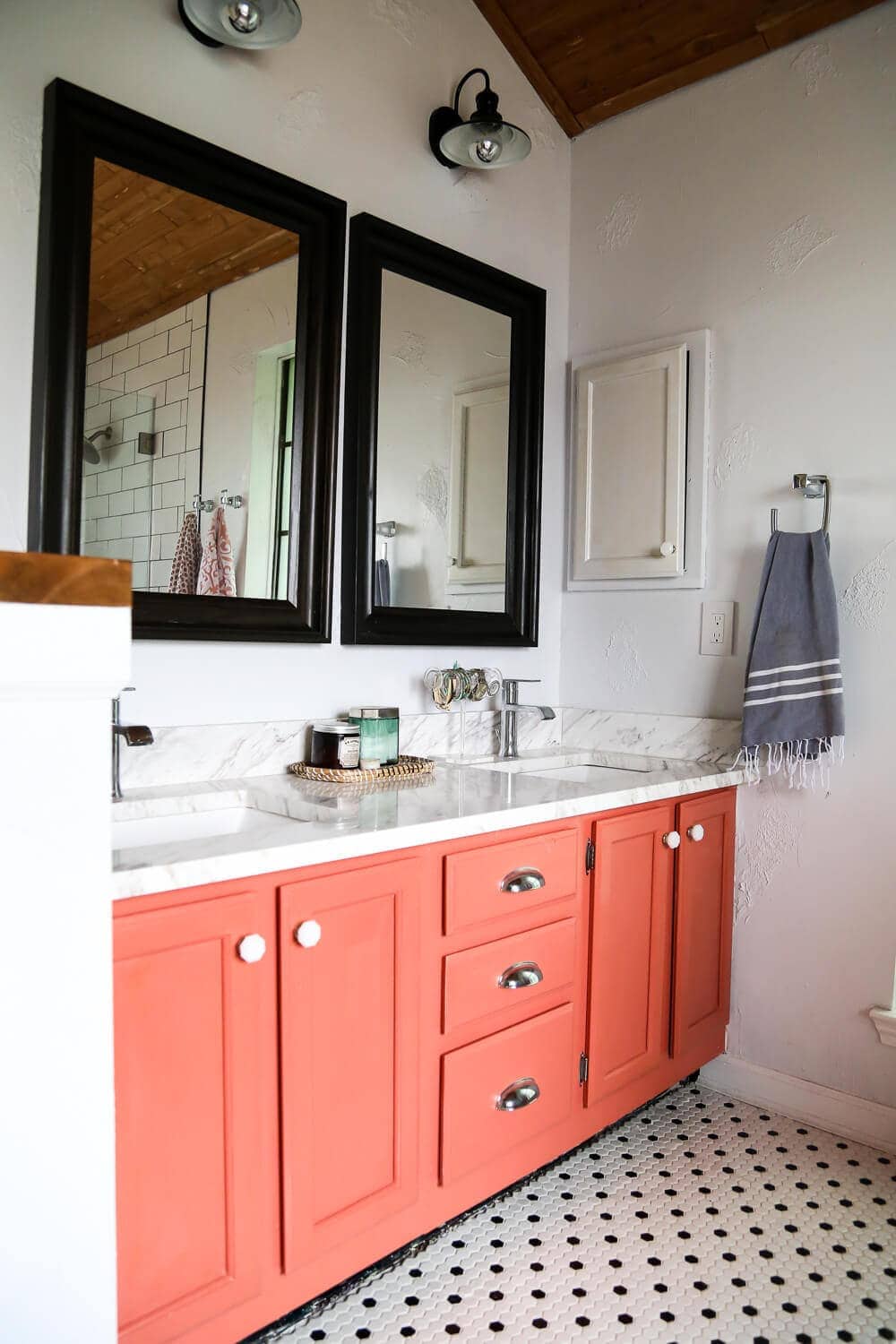DIY Adult Toy Creation: Safe Materials and Construction Guidelines
Understand safe material selection
When create personal intimate items, material safety stand as the paramount concern. Body safe materials prevent infections, allergic reactions, and other health complications that can arise from improper material choices.
Medical grade silicone represent the gold standard for intimate products. This material offer non-porous properties, easy sterilization capabilities, and hypoallergenic characteristics. Food grade silicone provide a more accessible alternative while maintain essential safety features.
Avoid materials contain phthalates, latex compounds that may cause allergic reactions, or any porous substances that harbor bacteria. Materials like certain plastics, rubber compounds, or household items not design for body contact pose significant health risks.
Essential construction principles
Proper construction require attention to surface smoothness, structural integrity, and ease of cleaning. Any DIY intimate item must feature wholly smooth surfaces without rough edges, seams, or protrusions that could cause injury.
Create secure, leakproof seals prevent bacterial growth in hide crevices. All joints and connections require thorough sealing with body safe adhesives or mechanical fasten methods that maintain structural integrity during use and cleaning.
Size considerations play a crucial role in both safety and functionality. Dimensions should accommodate comfortable use while prevent potential injury from excessive size or inadequate proportions.
Hygiene and sterilization requirements
Maintain proper hygiene standards require design items that allow thorough cleaning and sterilization. Smooth, non-porous surfaces enable complete bacteria removal through standard cleaning protocols.
Establish cleaning procedures before first use and maintain consistent sterilization practices. Boiling water sterilization work efficaciously for heat-resistant materials, while specialized toy cleaners provide alternatives for temperature sensitive constructions.
Storage considerations prevent contamination between uses. Clean, dry storage in dedicated containers protects against dust, bacteria, and material degradation that compromise safety and longevity.
Design considerations for functionality
Effective design balance functionality with safety requirements. Ergonomic considerations ensure comfortable handling and operation while maintain necessary safety features.
Internal mechanisms require careful planning to prevent mechanical failure during use. Move parts need adequate lubrication with body safe lubricants and robust construction that withstand repeat operation.
Temperature considerations affect both material selection and design features. Materials should maintain comfortable temperatures during use while resist thermal damage during sterilization procedures.

Source: reddit.com
Legal and ethical considerations
Create personal intimate items for individual use loosely fall within legal boundaries, but sharing, selling, or distribute homemade intimate products may violate health regulations and safety standards.
Commercial intimate products undergo rigorous safety testing and regulatory approval processes that homemade alternatives can not replicate. Understand these limitations help make informed decisions about DIY versus commercial options.
Privacy considerations include discrete construction, storage, and disposal methods that respect personal boundaries and household dynamics.

Source: bedbible.com
Alternative commercial options
Commercial alternatives oftentimes provide superior safety, functionality, and reliability compare to DIY constructions. Establish manufacturers invest in research, testing, and quality control processes that ensure product safety and effectiveness.
Price ranges accommodate various budgets, from basic models to premium options with advanced features. Warranty protection and customer support provide additional value that DIY alternatives can not match.
Specialized retailers offer discrete purchasing and shipping options that protect privacy while ensure product authenticity and safety certifications.
Health and safety warnings
Improper construction or material selection can result in serious health complications include infections, allergic reactions, physical injury, or long term health problems. Medical consultation become necessary if any adverse reactions occur.
Regular inspection for wear, damage, or material degradation prevent continue use of compromise items that pose health risks. Replacement schedules should account for material lifespan and usage frequency.
Emergency medical attention may become necessary if injuries occur during use. Have appropriate medical information promptly available facilitate proper treatment if complications arise.
Professional guidance and resources
Healthcare professionals can provide guidance on safe practices, material selection, and health considerations relate to intimate product use. Sexual health specialists offer expertise specific to intimate product safety and functionality.
Educational resources from reputable sexual health organizations provide evidence base information about intimate product safety, selection criteria, and proper usage guidelines.
Online communities focus on sexual health and safety offer peer support and shared experiences, though professional medical advice should take precedence over anecdotal information.
Quality control and testing
Implement quality control measures ensure consistent safety and functionality across multiple constructions. Testing procedures should evaluate structural integrity, material safety, and functional performance before use.
Documentation of construction methods, materials use, and performance observations helps identify successful approaches and potential improvement areas for future projects.
Regular maintenance schedules prevent gradual deterioration that could compromise safety or functionality over time.
Environmental and disposal considerations
Environmentally responsible construction use sustainable materials and processes that minimize ecological impact. Biodegradable or recyclable materials reduce long term environmental consequences.
Proper disposal methods protect both environmental and personal privacy concerns. Some materials require special disposal procedures to prevent environmental contamination.
Lifecycle planning consider the entire product lifespan from construction through disposal, ensure responsible practices throughout the usage period.
Final safety recommendations
The complexity and risks associate with create safe, functional intimate products oftentimes exceed the capabilities of typical DIY approaches. Commercial alternatives provide professionally engineer solutions with established safety records and regulatory compliance.
If proceed with DIY construction, prioritize safety over cost savings or convenience. Investment in proper materials and construction methods protect both immediate and long term health.
Regular evaluation of DIY items against commercial alternatives help ensure continue appropriateness of homemade solutions as needs, circumstances, and available commercial options evolve.



